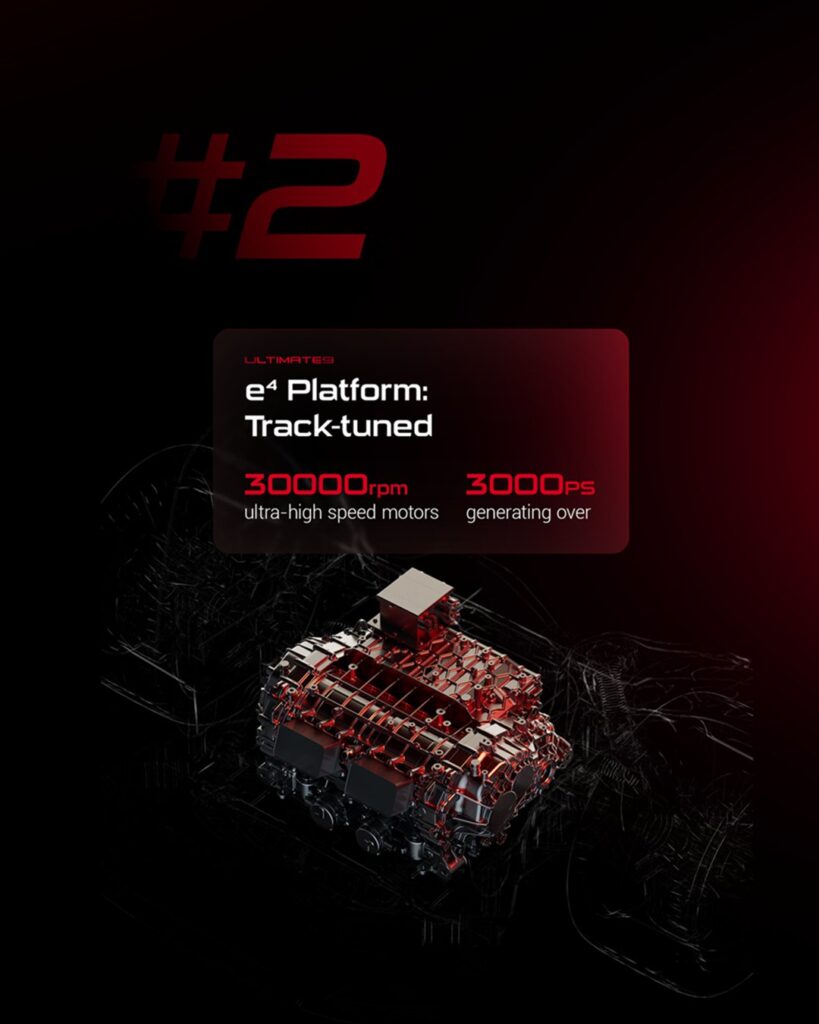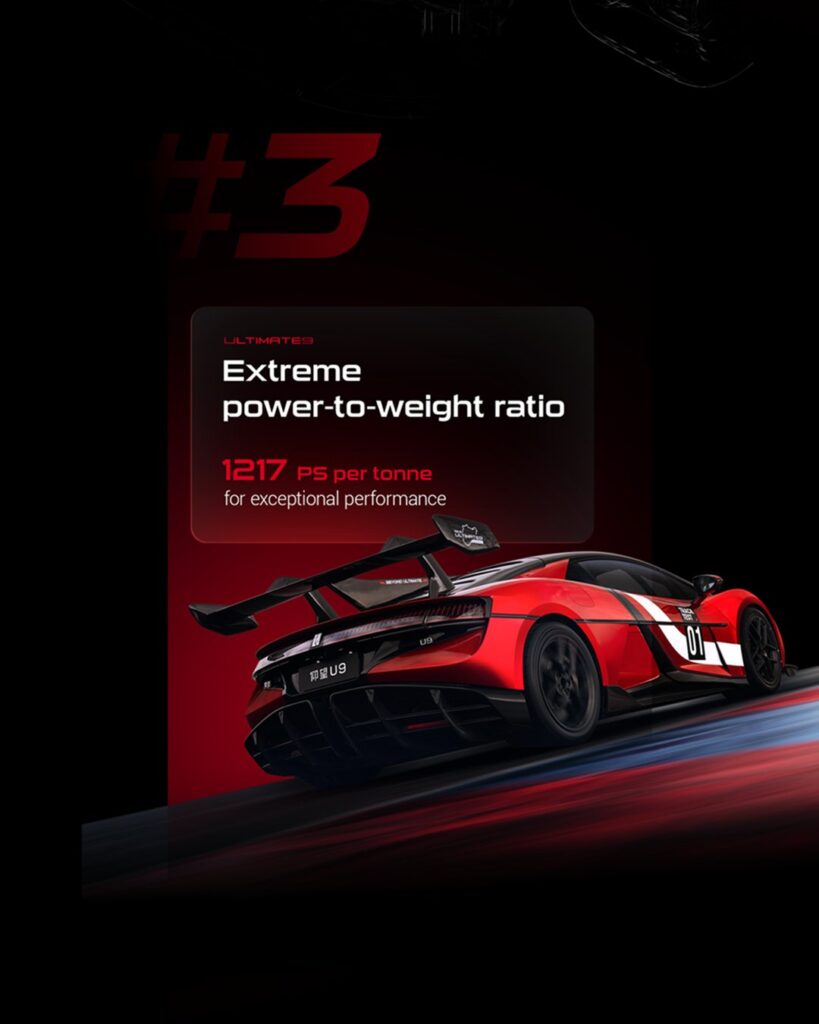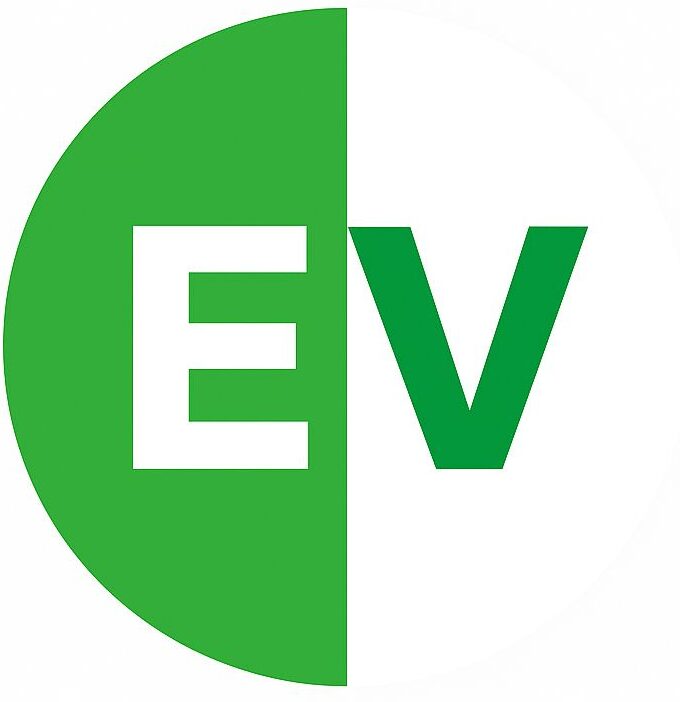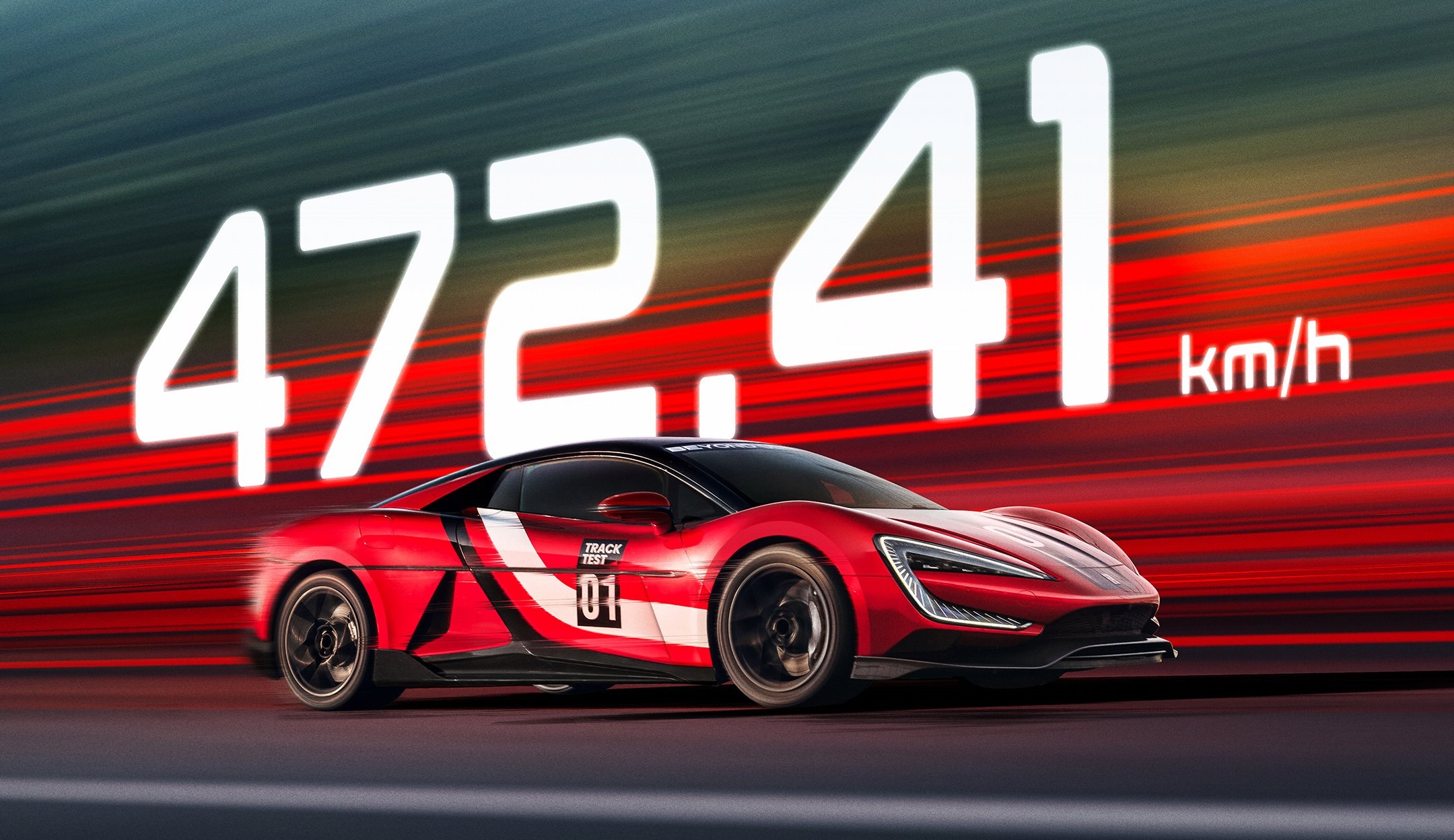
When the world first started talking about electric cars the conversation revolved around efficiency sustainability and compromise. For years EVs were seen as the responsible choice but not the thrilling one. They were about saving fuel reducing emissions and navigating cities quietly not about roaring past 300 km/h or rewriting the rulebook on performance. But in 2025 those perceptions are being obliterated one headline at a time. The latest BYD Yangwang U9 Track Edition test vehicle clocked a staggering 472.41km/h making it one of the fastest road-capable EVs ever tested!
This isn’t just a number. It’s a statement. It’s BYD standing on the global stage and telling the world that electric vehicles can dominate the supercar segment not just coexist with combustion-engine legends like Bugatti, Koenigsegg or Rimac . For the global EV market this record-setting run is a moment of both symbolism and substance.
The Rise of BYD from Mass-Market Leader to Hypercar Challenger
BYD is already a household name in the EV sector. The company ended 2024 as the world’s largest EV manufacturer overtaking Tesla in sales volume. Its reputation has been built on affordability, scale and efficiency. From budget-friendly compact EVs to luxury sedans BYD has created a stronghold in China and expanded into Europe, Southeast Asia and Latin America.
But until recently one thing was missing the halo effect of a hypercar. Tesla had the Roadster (even if the new one remains elusive) Rimac has the Nevera and traditional supercar brands like Porsche and Ferrari are already electrifying their DNA. For BYD launching Yangwang its premium sub-brand was not just about selling cars. It was about sending a message China can build machines that redefine speed, technology and desirability.
The U9 is that message written in carbon fiber and powered by electrons.
472.41 km/h Breaking Down the Numbers

Let’s put this in context. The Bugatti Chiron Super Sport 300+ made headlines when it hit 490km/h in 2019 setting the gold standard for combustion-powered hypercars. The Rimac Nevera currently the poster child for EV hyper-performance officially clocked 412km/h. Until now, the Nevera’s speed record was a crown jewel for electric propulsion.
But BYD’s Yangwang U9 just leapt past that by a wide margin. At 472.41km/h. it has effectively pushed EVs into the same conversation as Bugatti’s finest. While the U9’s run is categorized as a track edition test vehicle it proves the engineering capability and signals what production versions might aspire to.
This speed is not just about raw power. It’s about aerodynamics, thermal management and battery stability at extreme loads. Hitting these numbers requires solving problems that, until recently only a handful of European supercar makers dared attempt. The fact that BYD a brand once synonymous with mass-market sedans has achieved it is seismic.
The Technology Behind the Beast

While BYD has not yet revealed every detail of the record-setting U9. We know that the car is powered by the E4 platform featuring quad-motor independent drive. Each wheel gets its own motor allowing real-time torque vectoring and unmatched control at high speeds. This isn’t just about accelerating faster it’s about maintaining stability at nearly 500km/h. Where the difference between triumph and disaster is razor-thin.

Battery tech is equally critical. High-speed runs generate extraordinary heat and BYD’s Blade Battery already renowned for safety and thermal efficiency plays a central role. Managing energy discharge and keeping the pack cool enough for sustained performance is one of the biggest hurdles in EV hypercars . Rimac solved it with cutting-edge liquid cooling. BYD seems to have scaled its battery know-how from buses and passenger EVs to hypercar demands.

And then there’s aerodynamics. At nearly 500km/h even small imperfections in airflow create massive drag and instability. The U9’s design language is not just aggressive it’s functional. From the wide stance to the sculpted rear every curve is about controlling wind not just impressing onlookers.
Why This Matters Globally
At first glance, you might think how does a hypercar one that most people will never drive or even see affect the global EV market? The answer lies in brand power, innovation transfer and national pride.
Brand Halo: Hypercars are not about sales volume. They’re about image. When Rimac set records it suddenly went from a niche Croatian startup to a world-class innovator attracting partnerships with Porsche and Bugatti. With the U9 BYD is now showcasing its ability to play in that league, which boosts its credibility across the board from budget cars to luxury EVs. Technology Transfer: The breakthroughs in thermal management, aerodynamics and high-speed motor control will inevitably filter down to BYD’s mainstream EVs. Just like Formula 1 innovations eventually appear in consumer cars hypercar tech drives improvements across the portfolio. China’s Global Statement: The U9 is also a geopolitical marker. China has dominated EV sales but much of the prestige still resided in Western brands. By hitting 472km/h BYD is signaling that the East can now dominate the extreme performance segment too. It’s not just about producing affordable EVs it’s about redefining luxury, speed and aspiration.
Rivals Watching Closely
Tesla’s Roadster 2.0, long promised to deliver mind-bending speed and acceleration is now facing pressure. Elon Musk once hinted at a rocket-assisted top speed but with BYD setting real-world track records the Roadster risks being outshined before it even launches.
Rimac which still holds the reputation of a technological pioneer will no doubt prepare an answer. Bugatti under Rimac wing is also electrifying its future hypercars. And let’s not forget legacy supercar names Ferrari, McLaren and Porsche .Who are all pushing hybrid and EV hyper-performance.
The difference is that BYD comes with scale. If it chooses to it can out-manufacture most rivals, bringing costs down and making once-unthinkable levels of performance more accessible. That could be the real disruption.
The Future of Hyper-EVs
While 472km/h grabs headlines the broader question is sustainability. Hypercars are playgrounds of excess but they also test the limits of what’s possible. The U9 proves that EVs can not only rival but surpass combustion at the highest levels. The next step is to combine that with efficiency, accessibility and perhaps even affordability.
As charging infrastructure improves and battery chemistry evolves hypercar-grade acceleration and performance could trickle down into cars people actually buy. Imagine family EVs with 0-100km/h in under 3 seconds becoming commonplace that’s the kind of democratization this record hints at.
A New Era for EVs
The Yangwang U9’s 472.41km/h run is more than a test figure. It’s a line in the sand for the global auto industry. No longer can skeptics dismiss EVs as soulless appliances built only for eco-conscious commuters. They are now speed demons, record breakers and status symbols.
For BYD this is a defining moment. For China it’s a signal of technological might. And for the global EV market it’s proof that the future of cars will not be measured only in range or efficiency but also in raw breathtaking performance.

The age of the electric hypercar is not coming. It’s already here. And it’s traveling at 472km/h.

